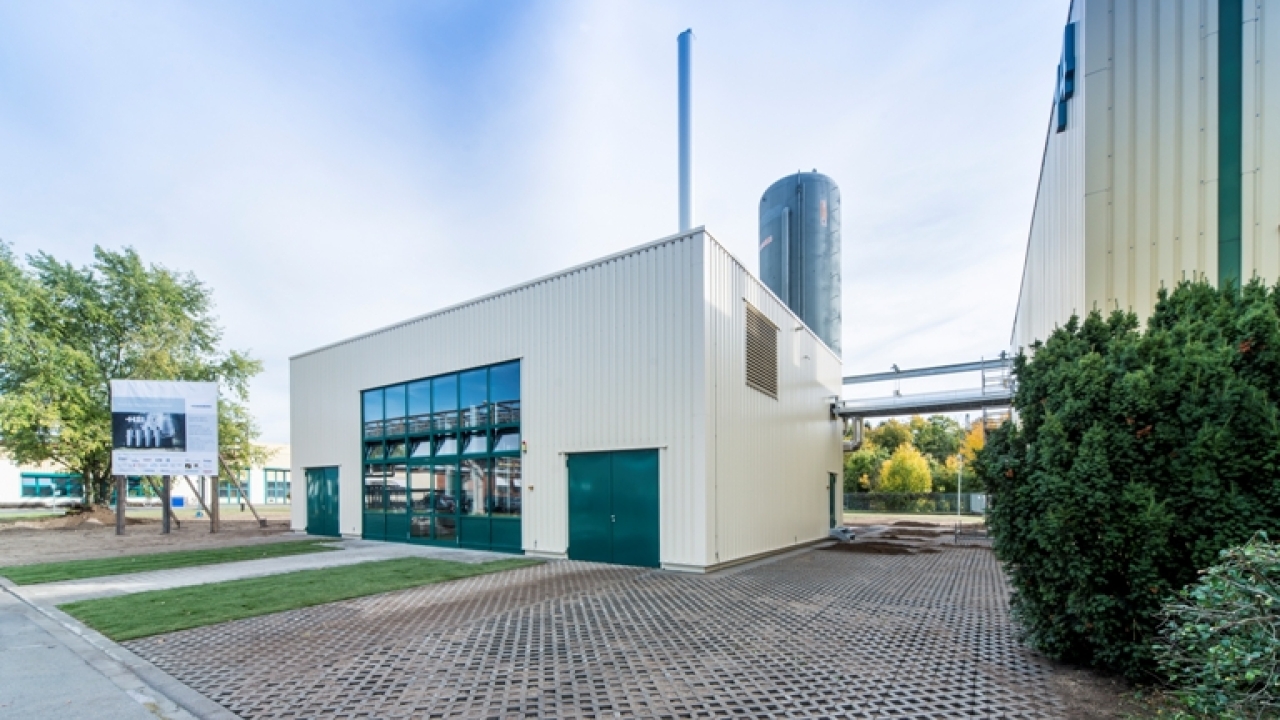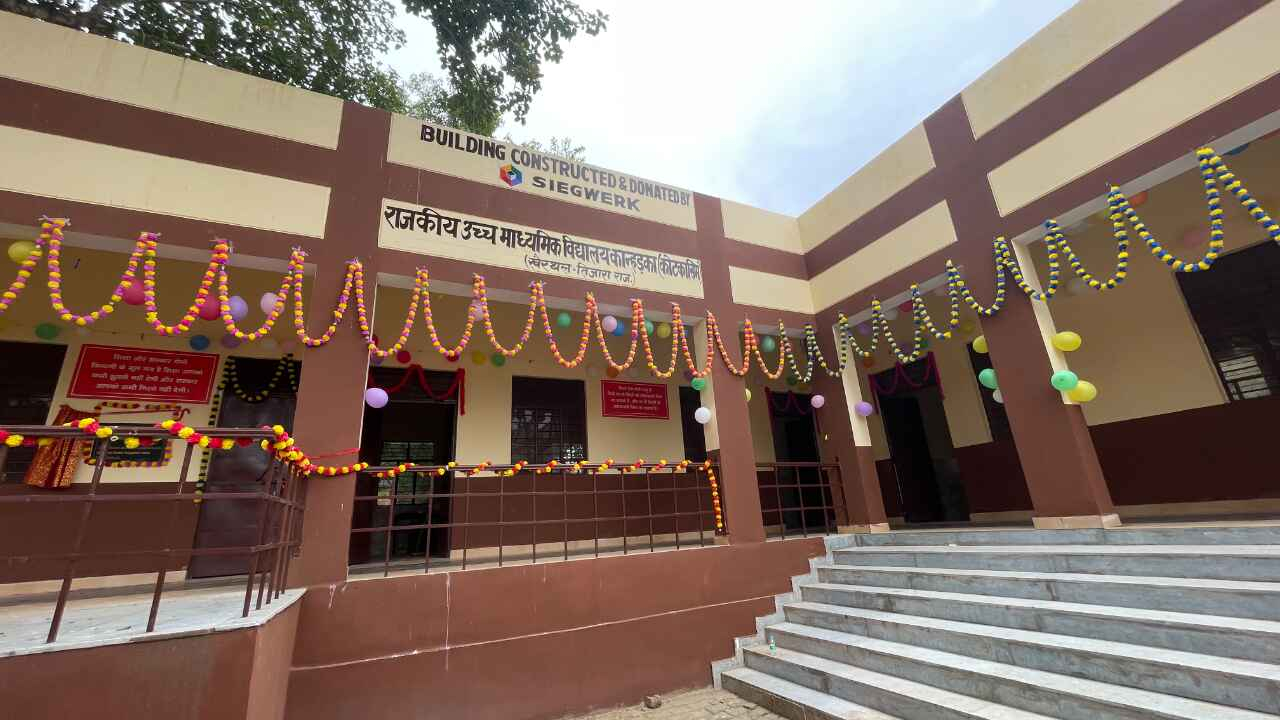Heidelberg opens cogeneration plant to cut energy costs

- Cogeneration plant based on principle of combined heat and power generation for simultaneous provision of electrical energy and heat
- Power and heat generated by new plant to reduce total energy costs at the site by around 10 percent
German press manufacturer Heidelberg has opened a cogeneration plant at its Wiesloch-Walldorf facility that will cut energy costs at its largest production site by 10 percent and lower annual carbon dioxide emissions by 3,700 metric tonnes each year.
Baden-Württemberg's environment minister Franz Untersteller and Gerold Linzbach, chief executive officer of Heidelberg, opened the cogeneration plant in the presence of 300 guests from political and municipal bodies, the media, the project team and the Heidelberg management team.
A cogeneration plant is based on the principle of combined heat and power generation for simultaneous provision of electrical energy and heat.
Plants of this kind are particularly energy efficient, because they require up to 40 percent less fuel/primary resources than for conventional, separate generation of power and heat. The waste heat is normally used directly on-site or fed into a local heating grid there. This on-site power generation and usage relieves the pressure on public power grids.
Heavy investment
The Heidelberg cogeneration plant represents an investment of some €2.4 million and will pay for itself in just two years thanks to its high efficiency levels.
With 36 production halls and office buildings occupying some 860,000 sq m, the world's largest printing press factory in Wiesloch-Walldorf requires around 60GWh of power each year.
Total annual energy costs at the site are in the low tens of millions of euros. One out of every five euros spent to operate the site goes on heat and power.
To optimize energy and resource efficiency at Wiesloch-Walldorf, Heidelberg worked with external engineering consultants to devise an advanced energy concept.
This revolves around building and operating a cogeneration plant with an electric power output of 2MW that will generate 12GWh of electricity each year.
Now that it has been commissioned, the plant can cover around 20 percent of the current electricity requirements by burning natural gas as its primary energy source.
Measured against the average power generation mix in Germany, this will reduce the amount of carbon dioxide released into the atmosphere by 3,700 metric tonnes a year. Energy costs at the Wiesloch-Walldorf site will be around 10 percent lower.
Heat
In addition to electric power, the cogeneration plant's two generators will produce 15GWh of heat each year.
Waste heat from the engines and generators will be accommodated in a storage buffer and will meet over 40 percent of the site's total local heating requirements – for heating the halls, for manufacturing processes and for the hot water in the sanitary facilities.
Heidelberg said the new cogeneration plant is part of the comprehensive sustainability concept that it has established in its strategic agenda.
"Ideally, we would like to avoid resource consumption and the associated carbon dioxide emissions altogether,’ said Heidelberg management board member Stephan Plenz, whose area of responsibility includes sustainability.
‘The next best thing is to reduce consumption and emissions or – if that is not possible – to compensate accordingly. This approach applies to everything from development and production through to machine operation at the print shops.’
Read more on Heidelberg here
Read more on environmental issues here
Read more news from across Europe here
Stay up to date
Subscribe to the free Label News newsletter and receive the latest content every week. We'll never share your email address.

